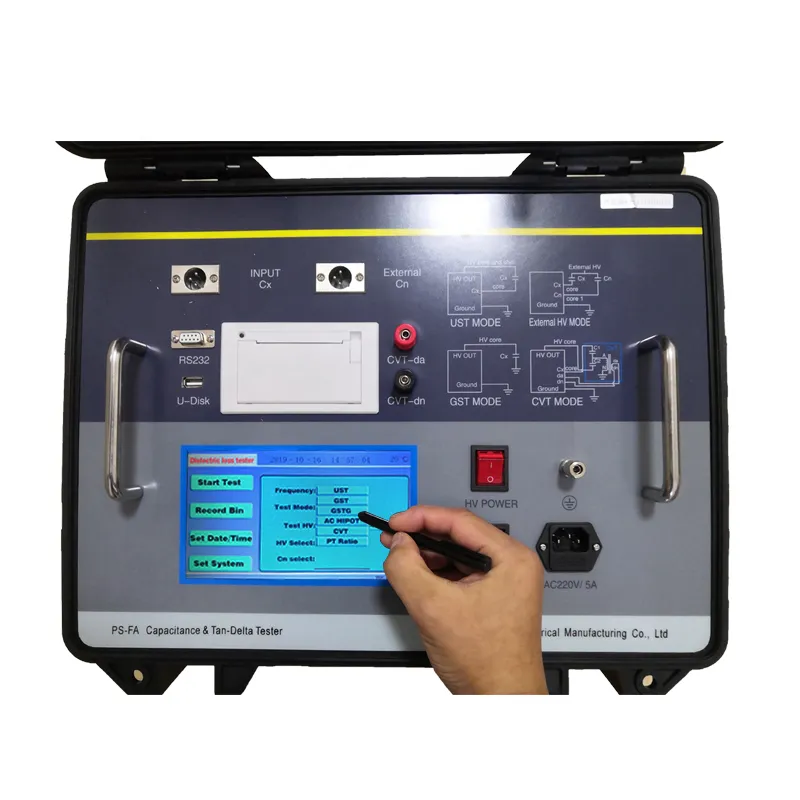 English
English


Evaluation Methods for Cable Insulation Performance and Reliability Under Various Testing Conditions
Understanding Cable Insulation Testing Ensuring Safety and Performance
Cable insulation testing is a critical procedure that ensures the safety and performance of electrical systems across a variety of applications. As technology advances and the demand for reliable electrical infrastructure increases, it’s essential to maintain the integrity of cable insulation. This article explores the importance of cable insulation tests, the methods used, and the implications of insulation failure.
The Importance of Cable Insulation
Cable insulation serves as a protective barrier that prevents electrical currents from leaking, thereby minimizing the risks of short circuits, electrical fires, and personnel injuries. Proper insulation ensures that the transmitted electrical energy reaches its destination without loss or hazard. In industries such as construction, telecommunications, and energy, where large amounts of power are transferred, the efficacy of cable insulation can directly affect operational safety and efficiency.
Without rigorous testing, substandard insulation can lead to equipment failure, increased maintenance costs, and potentially catastrophic accidents. Therefore, regular testing is not just advisable; it is a fundamental necessity in safeguarding both human life and critical infrastructure.
Testing Methods
Various methods are employed in cable insulation testing to evaluate the quality and durability of insulation materials. The most common techniques include
1. Insulation Resistance Testing (IRT) This test measures the resistance of electrical insulation. A high resistance value indicates a healthy insulation layer, while a low value suggests deterioration or damage. The typical test voltage can range from 250V to several thousand volts, depending on the cable's specifications.
2. Dielectric Withstanding Voltage (DWV) Testing This method involves applying a high voltage to the cable to ensure that its insulation can handle voltage surges without breaking down. This test is particularly useful for identifying weak points in older cables.
cable insulation test

3. Time-Related Testing These tests monitor changes in insulation resistance over time, providing insights into how insulation degrades under normal operating conditions. Such monitoring helps predict when a cable may fail, allowing for proactive maintenance.
4. Thermal Imaging This non-destructive test employs infrared cameras to identify hot spots in cables, which often indicate insulation failure or overload. It is especially useful for preventive maintenance in extensive electrical systems.
5. Partial Discharge Testing This sophisticated test detects microscopic electrical discharges within the insulation material. Partial discharges can signify insulation defects that may lead to complete failure over time.
Implications of Insulation Failure
The repercussions of failing to conduct regular cable insulation testing can be severe. Insulation failure can lead to power outages, unexpected downtime, and significant financial losses for businesses. Moreover, electrical fires caused by inadequate insulation pose a grave danger to life and property.
In certain sectors, such as healthcare and industrial operations, the impact can extend beyond monetary loss. Ensuring that all electrical systems meet industry standards not only protects assets but also upholds a commitment to employee safety and environmental responsibility.
Conclusion
In conclusion, cable insulation testing is an indispensable aspect of maintaining electrical safety and reliability. With various testing methods available, organizations can ensure that their insulation remains intact and capable of performing under different conditions. As industries continue to innovate and expand, prioritizing insulation testing will be crucial in mitigating risks associated with electrical systems. Embracing these tests not only enhances operational efficiency but also protects lives and investments by fostering a safer working environment.
-
Differences between open cup flash point tester and closed cup flash point testerNewsOct.31,2024
-
The Reliable Load Tap ChangerNewsOct.23,2024
-
The Essential Guide to Hipot TestersNewsOct.23,2024
-
The Digital Insulation TesterNewsOct.23,2024
-
The Best Earth Loop Impedance Tester for SaleNewsOct.23,2024
-
Tan Delta Tester--The Essential Tool for Electrical Insulation TestingNewsOct.23,2024





